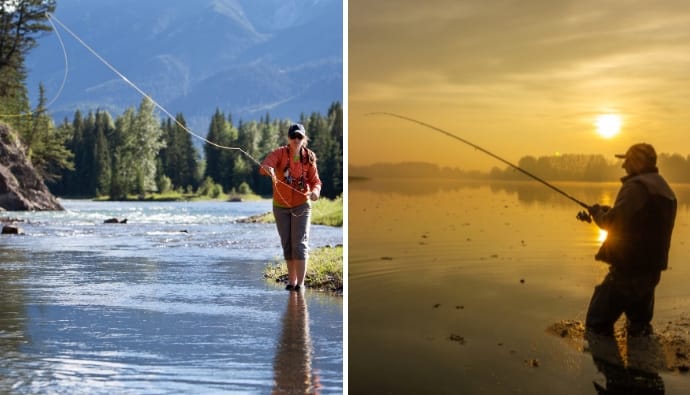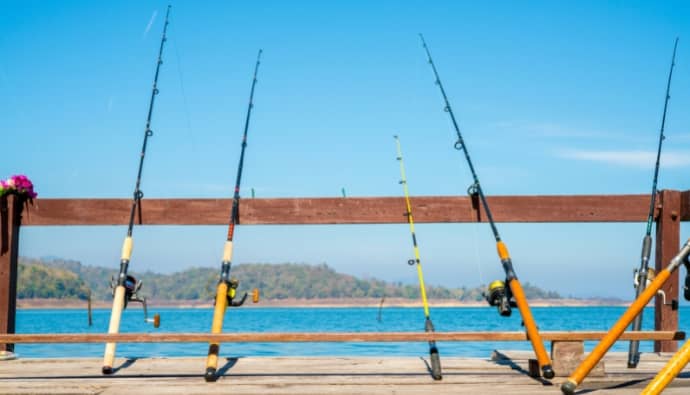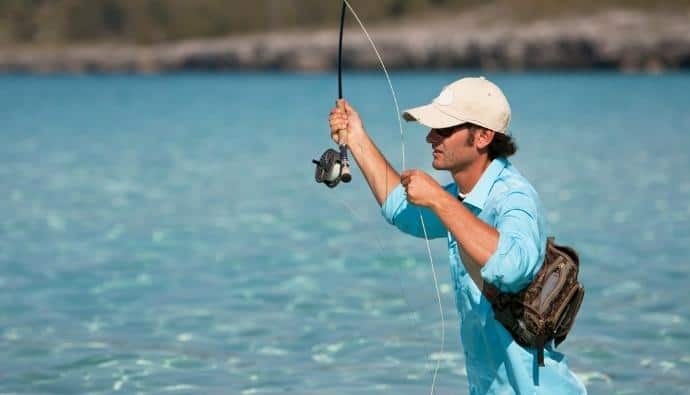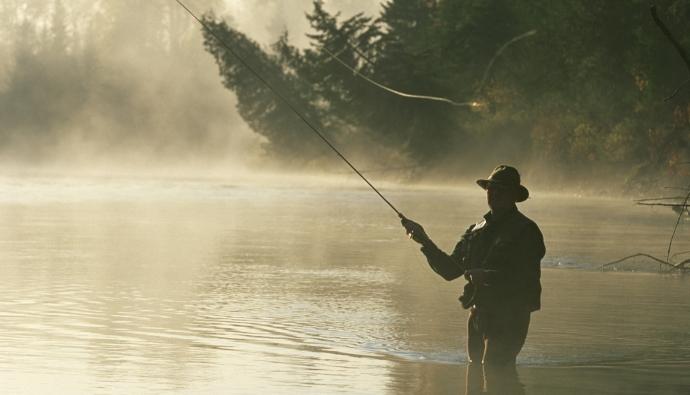For offshore and inshore anglers or saltwater guys who are interested in understanding and trying out fly fishing, it may seem challenging to start.
Luckily, this guide on fly fishing for beginners aims to help you understand the basics, from equipment to techniques, so you can get on the water and start catching your favorite fish!
In this article, we’re going to share a variety of topics about fly fishing – some of which is covered in our podcast interview with Erica Nelson.
Erica is the host of the awkward angler podcast and a fly fishing guide out of Colorado.
If you’re ready, let’s start!
Basic Fly Fishing Gear You Should Know
For Erica, she likes fly fishing because you don’t really need a lot of equipment. All you need is a rod, a reel, and some basic flies and you’re ready to get out on the water.
However, I’m not saying you can just grab any equipment, hit the water, and hope for the best. It’s always nice to have a framework or a methodology that helps you get from point A to point B. Here’s what you need to know.
Fly Rod and Reels
Any fly fishing gear would be incomplete without a fly rod. Fly fishing rods are not the same as the rods used for traditional fishing. A fly rod weight must correspond to the weight of the angler’s reel and line.
These rods are also available in different weights and lengths depending on the cast distance so choose your rod wisely.
Fly reels also come in a variety of reel weights. Choosing the right fly reel is crucial because it converts an angler’s manual force into a significant amount of power for fish fighting. Fly reels must match the rod weight used and the importance of the line used when fishing.
Tip! Read our article on the best fly fishing rods for beginners to help you find the right one for you!
Fly Line and Backing
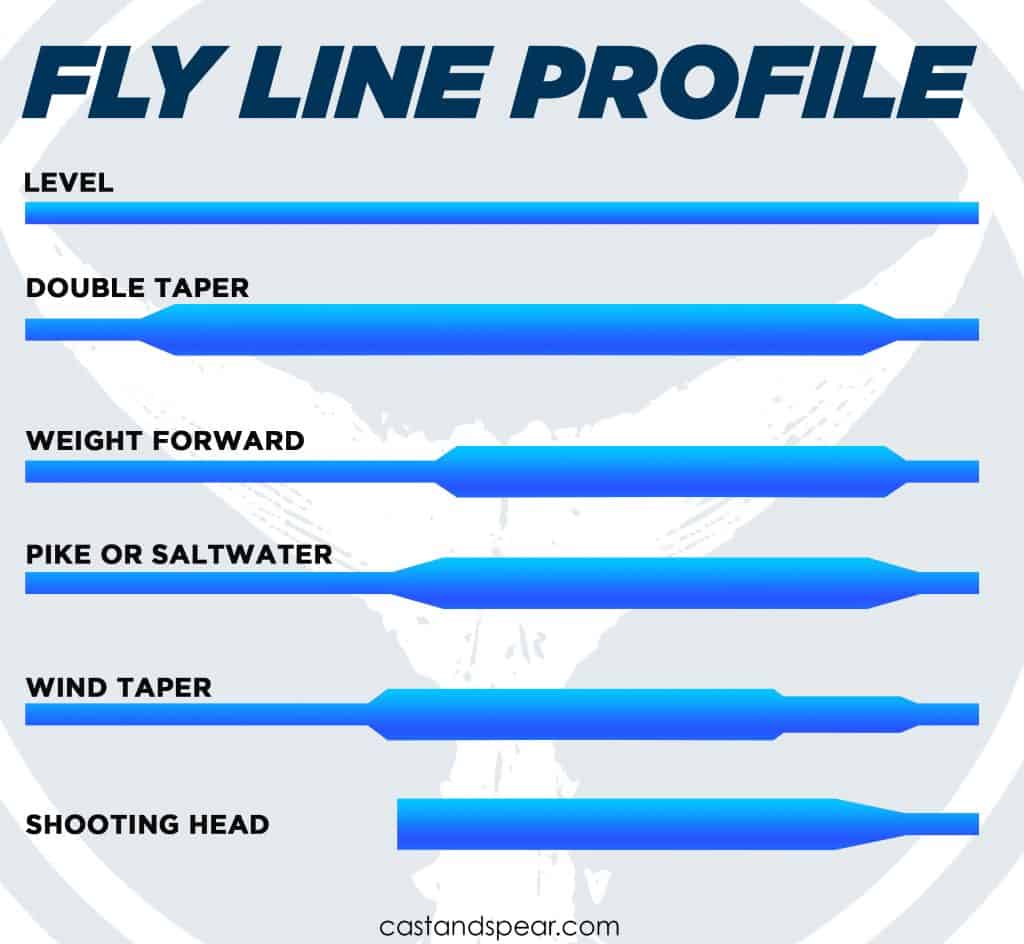
Fly lines are all rated by weight, either on a scale of 1 to 12 or on a grain-weight scale. The head of the line is the thickest and heaviest part and aids in turning over your leader and fly. The taper is the bridging part between the head and the running line.
The line on a reel before you put your fly line on is called backing. It takes up less room in the reel and allows you to fight fish that are longer than your fly line. The backing is generally used to add length to a fish run to make it longer.
Leaders and Tippets
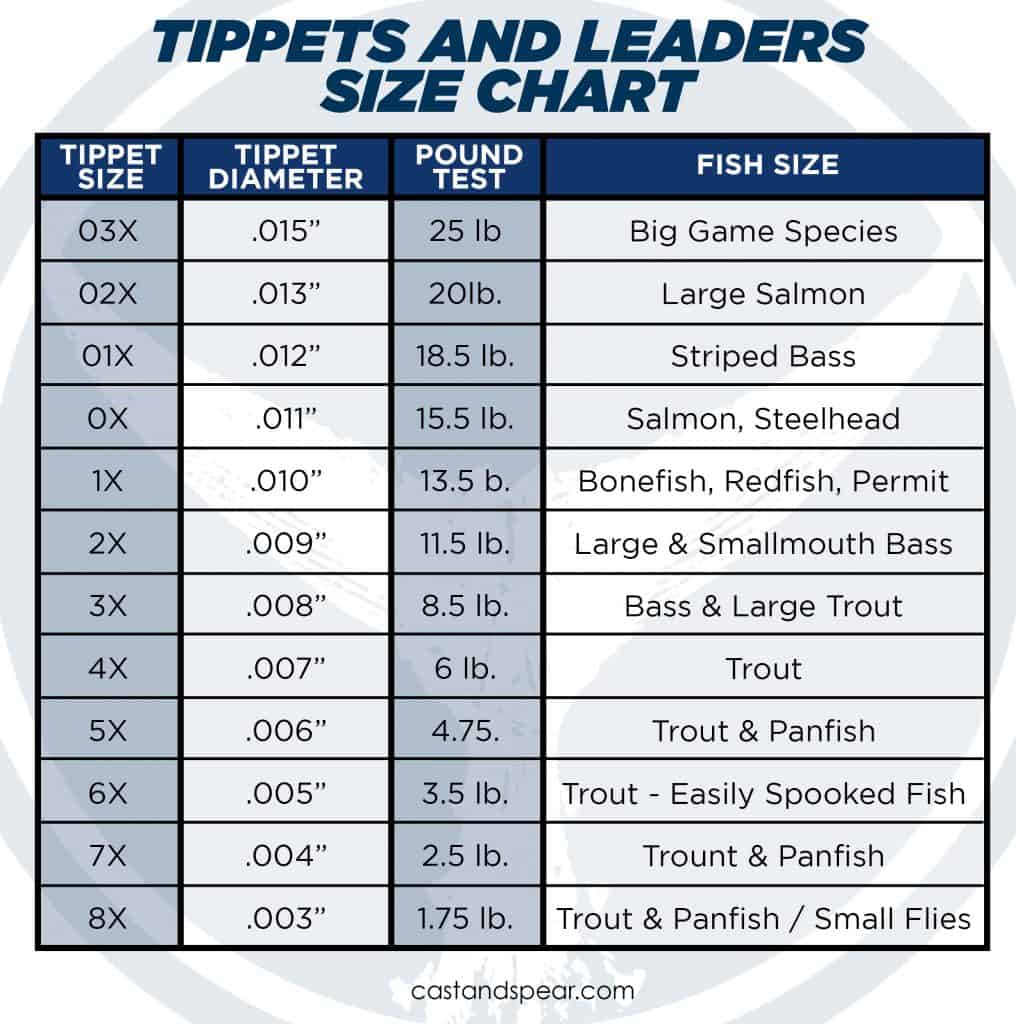
The leader is the primary transparent material that connects your fly line to the end. It starts as a very heavyweight where it joins your fly line and gradually decreases in weight/thickness until it reaches where your tippet attaches.
The tippet is a small and light line that connects the end of the leader to your fly. The tippet’s purpose is to be lightweight to land the fish you’re after. The thinner the line is, the less chance the fish will see it. This will result to less drag in the water.
Wading or Waders
Waterproof waders are great to keep you dry and comfortable during your fly fishing adventures. A full set of wading gear can cover most wader-required conditions. Wading boots accompany Waders. Wading boots are like light hiking footwear that are designed to be worn on water.
Accessories
There are many accessories out there for fly fishing that will make your fishing adventure go smoothly. Accessories also help fly fishing for beginners to understand how much little things can affect your time spent fishing.
For example, a landing net is an excellent tool for fishing. Anglers find it challenging to catch more significant aquatic life without them. Polarized sunglasses assist anglers in seeing deeper into the water. For instance, you can use them to see your fly as it floats on the water.
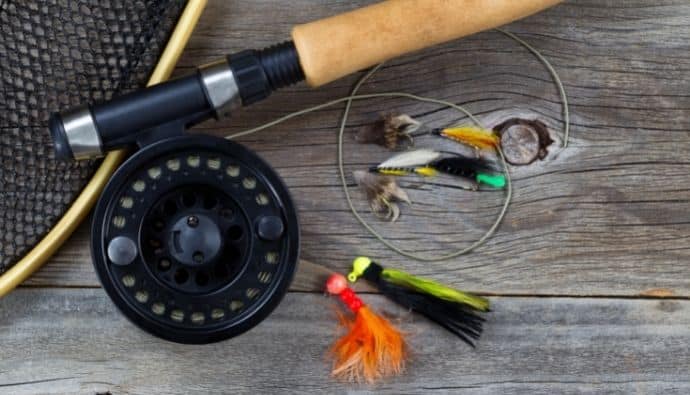
Different Types of Fly Fishing Flies
Flies are often designed like a land or winged insect, a small fish, or another species that salmon, trout, and bass love to eat. Fishing flies are usually made up of a combination of the following materials that are precisely attached to a hook with custom threads:
- Metal strips
- Wool
- Fur
- Feathers
- Various synthetic materials
Here are the different types of flies you should know to start fly fishing:
- Streamers – designed to be abstract representations of baitfish.
- Dry – float like winged insects on the water’s surface.
- Wet – sink beneath the water’s surface, their patterns resembling drowned mayflies.
- Poppers – designed to look like wounded baits.
- Saltwater – used to fish marine species during saltwater fly fishing.
- Terrestrials – these mimic land insects such as ants and grasshoppers.
While you keep in mind these different types of fly, remember that they depend on what you’re trying to fish. You need to understand which fits the kind of fish you want to catch, the water, the season, and from what region you’re catching fish. As beginners fly fishing, you should understand these basics first.
Fly Fishing Setup
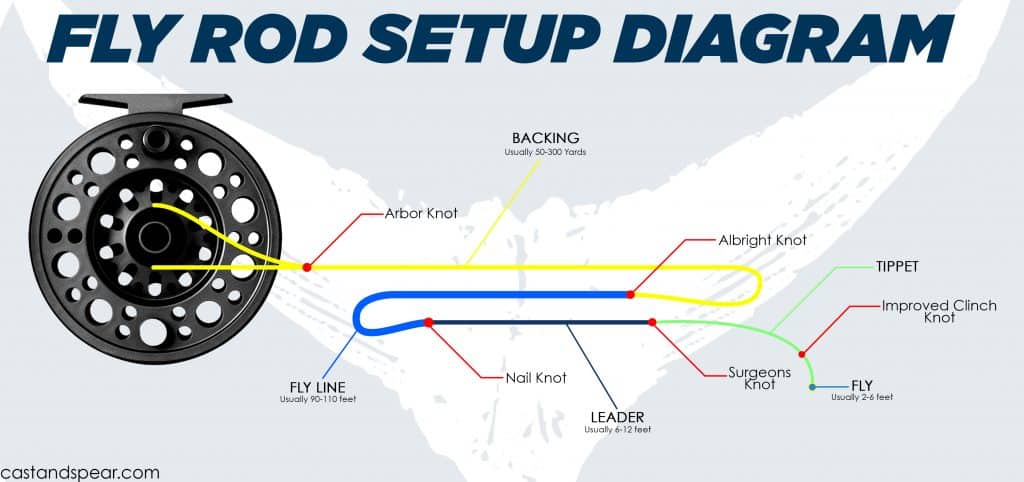
After knowing the primary gears you should have for fishing, it’s time to set up. Get your fly tying kit, here’s what you should do with your gears:
- Tie the backing to the Spool: Separate your spool from your reel, then wrap the backing around your reel. Go around the tag end of your backing on the spool axle. It should be in the opposite direction of where your spool will wound when you retrieve the line. Double-tie a knot and tighten it on the standing end.
- Tie the leader to the Fly line: There are two types of lines: with loop and without loop. With a loop, you can tie any small knot to the loop of the line. Without a loop, you should follow the same procedure with tying your backing to the spool.
- Tie the tippet to the Leader: When tying the tippet to the leader, it’s essential to make your knot accessible for fast switches. An example of this is a double surgeon’s knot.
- Tie the fly to the Tippet: You will want an easy not for this one, so you can easily change flies. We advise twisting the fly instead of the line for small flies since this will be much easier for you.
Depending on what you want to catch, here are our tips and tricks!
How to Cast When Fly Fishing for Beginners
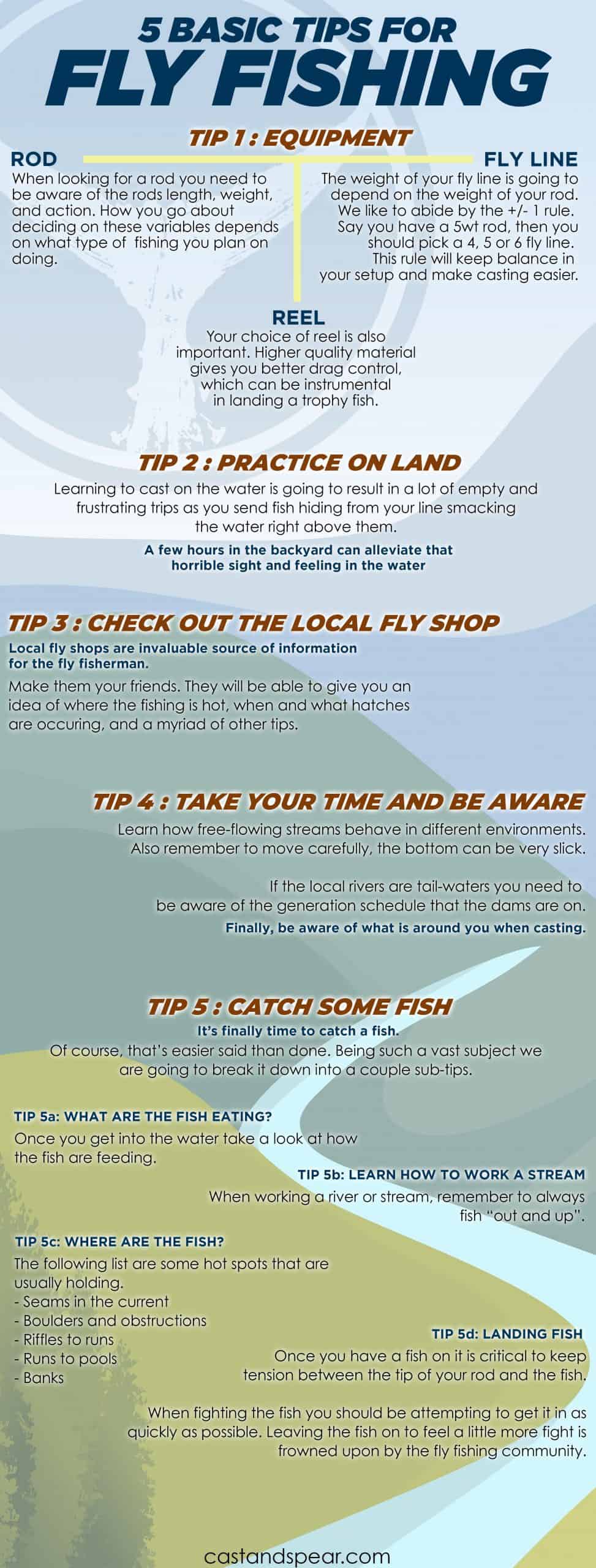
There are different ways to cast: roll cast, fly cast, and primary overhead cast. The overhead cast is the best way for beginner anglers and is the most basic cast.
You’ll need to load your fly rods by releasing some lines from the reel. The amount of line to use will ultimately depend on the length and weight of your rods. However, it is advised to let out roughly three-rod lengths for long casts.
You should grip the rod handle with your thumb on top and four fingers wrapped around the rod, keeping your hand above the reel. Raise the rod in a quick and steady motion, and stop when the rod’s tip is pointed up behind you.
Look at your rear cast up until your line unwinds. After that, bring the line forward in another straight and swift direction where you want it to rest on the water’s surface. It would help if you did this before it fully straightens. You won’t need too much force to get the fly out.
Take note that it’s okay to take fly fishing lessons if you’re not too confident in being a fly fisher. There are fly shops that offer classes and guides that can help fellow fly fishers.
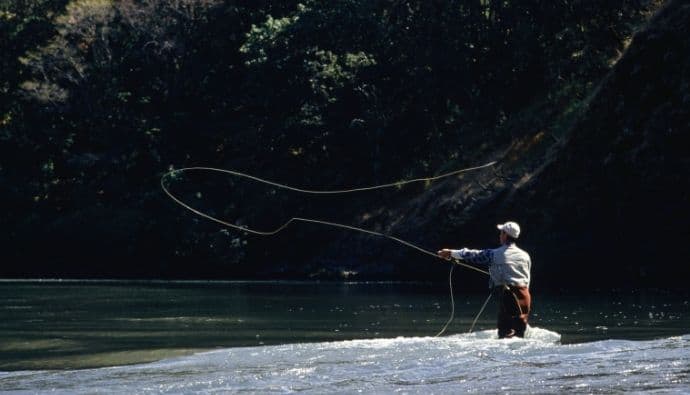
How to Find the Perfect Spot for Fly Fishing
You will want to search for the perfect spot to learn how to fly fish as soon as possible. Fly fishing is commonly thought to be a beautiful sport best enjoyed on the fresh mountain river. These types of waters are excellent for fly fishing, especially for rainbow trout.
However, there’s a possibility of catching a variety of trout in the warm waters of lakes and ponds. You have to find the right temperature and current best for fishing.
Conclusion
It might take you a few hours to adjust and find the right gears, but once you’re settled in, you can start fishing! You can find lots of different fish like numerous trout species waiting for you. Say goodbye to slow days and have great fun fly fishing.



 Facebook
Facebook YouTube
YouTube
